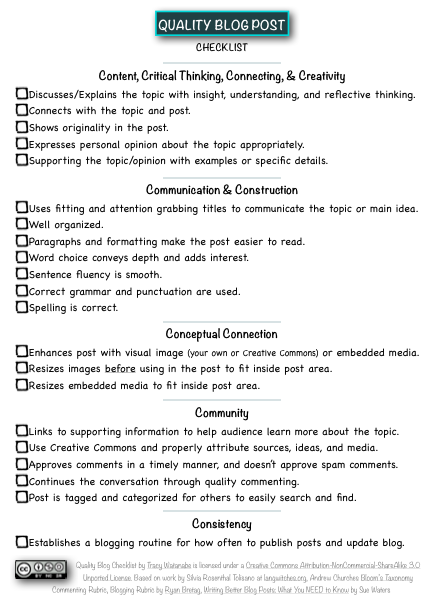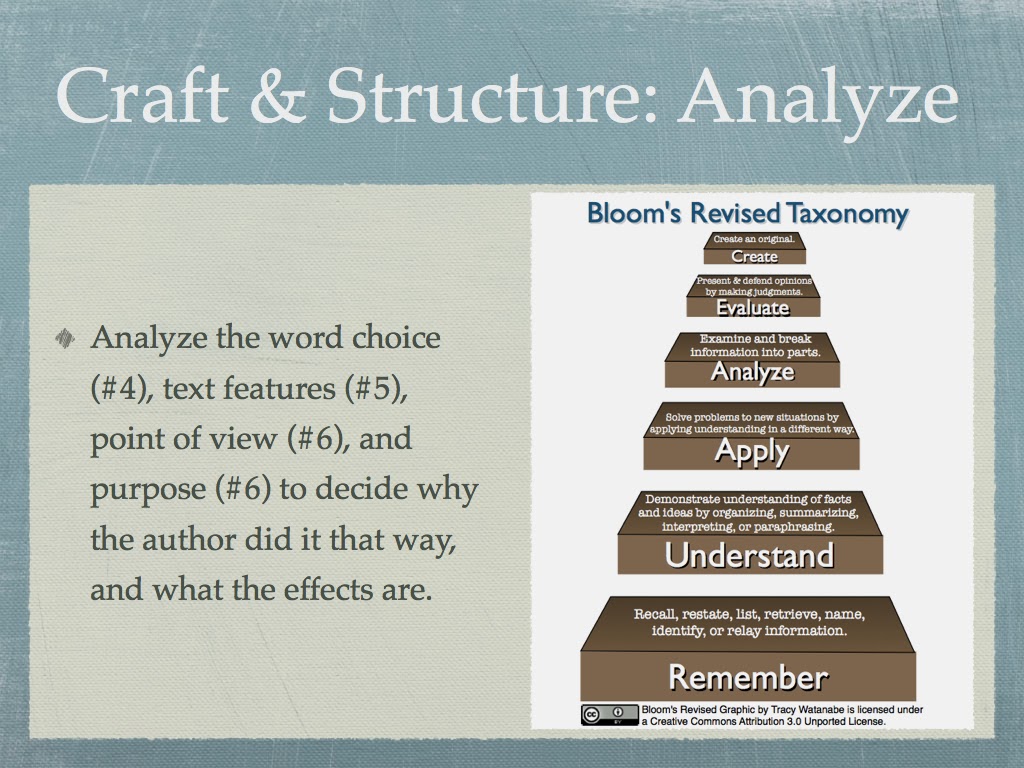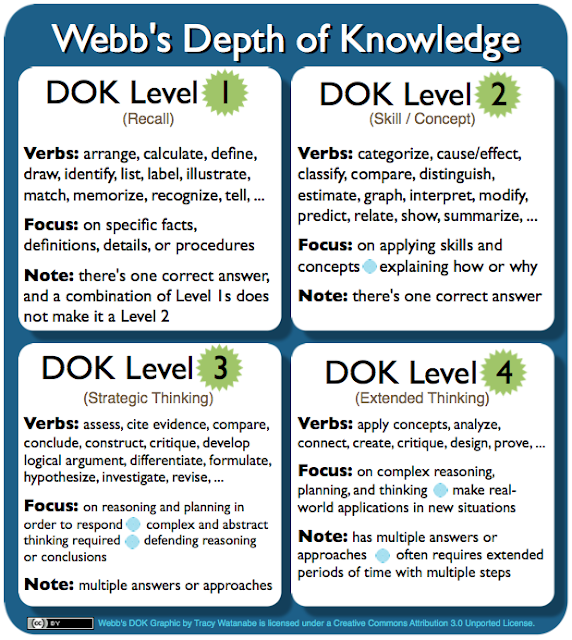Digital Storytelling and Stories
I often think of digital storytelling as something done in first person because it creates that personal connection. Whereas, I think of a digital story as an anecdote or story typed or narrated in third person.
Overview
Click here to view the cube above on RVLIO.
The art of digital storytelling
I recently participated in an outstanding webinar by ISTE's Special Interest Group for Digital Storytelling, where Bernajean Porter shared about the "Art and Soul of Digital Storytelling." After being inspired by the webinar, I created the following page summarizing some of my key take-aways:
 |
| Click here to download PDF |
Explanations, prompts, and examples
 |
| Click here to open as a PDF with links -- Click on the picture to enlarge |
Step 1: Writing the script and planning the project
 |
| Click to download |
- Prompt: I'd choose one prompt to introduce the process of digital storytelling to students. I might even do the first one as a whole group with parts and roles shared by the students. As our class becomes confident with the process and media, I'd open it up to more choices and smaller groups/individual productions.
- Graphic organizer: The type of graphic organizer (storyboard) I choose depends on the prompt they'll use. I like creating my own graphic organizer, but there are also many online such as ACMI Storyboard Generator.
- Teaching about the writing: Teach the importance of first person for adding spice to the story; share an interesting problem, perspective, or insight; and use strong word choice to convey the message. Start with the ending in mind -- know what point the story is trying to convey.
Step 2: Production and digital tools
- Choose the tool: When I am introducing the digital storytelling process to classes, I choose the tool for them to use. Once the process is established and they have a toolbox of digital storytelling sites to use, I give them a choice in tools.
- Images and Creative Commons: When the tool doesn't have built in images, have students create their own images, take their own photos, or find photos that have Creative Commons Licenses, and have them properly cite the photo either on the same page as the picture or at the end.
- Background music and Creative Commons: If there is not music to choose from on the site, then find music that is legal to use in your video. I select music from the list suggested by Creative Commons. However, background music is not a necessity, especially if it's new to the class.
- Production: Before production, I treat this part of the process much like I would the rough draft of a writing assignment with editing and revising. Here's where the mini-lessons come in about voice, word choice, etc. I like to conference with my students to make sure they are ready for production, then I allow them to start once they've gathered all of the photos and music (optional).
Digital Story and Digital Storytelling tools
Some of the sites below require creating accounts, which typically collects the user's full name, email and password. Therefore, children under age 13 are restricted from creating those accounts according to the COPPA laws. This does not mean those sites are harmful to the students, it just means they cannot give out their personal information for their own protection. Therefore, it's recommended to read the Terms of Agreements. Some of these sites have education versions of their product. Other times, the teacher may need to create a teacher/class account to log into from the devices.
Below are a few sites that can be used to create digital stories and storytelling. Some are more for narration; others for story books; and several allow digital storytelling with visual and narration.
- Kerpoof
- Little Bird Tales
- Animoto for Education — (See tutorial of Animoto for Education if needed)
- VoiceThread — (See tutorial of VoiceThread if needed)
- Xtranormal
- Voki for Education
- Storyjumper
- Picture Trail
- Capzules
- Zimmertwins
- Slidestory
- Biteslide
- Pixorial for Educators
- Storybird

Step 3: Publishing and connecting with an authentic audience
Celebrate their creations by sharing with others.
Building an authentic audience to view the digital stories is powerful for students. They are no longer creating a project just for the teacher -- it's for their families, friends, and people around the globe.
Emails can be sent to parents with the URL for where the digital story is published, or it can be shared on a class blog or website. If there is not an embed code, sometimes I take a screen shot of the digital story and attach the link to that image.
When shared on a teacher's blog, a Tweet can also be sent through Twitter asking for comments on their work by adding the hashtag #comments4kids. If your school has a FaceBook account, share the link there.
Reflection, evaluation, and rubrics
Providing specific feedback along the way with daily goals is part of the process. Self-evaluations using the scoring guides or rubrics are strong formatives for the students to target their next steps.
Formal or informal student reflection is part of the process. It's important that a positive class atmosphere is established for this step.
- Asking reflective questions: Have partners share their work with one another and ask them, "What parts or images captured your interest or attention?"
- Wows and Wonders Gallery Walk: Have students walk around to visit peers' work and give them sticky notes to leave a specific "Wow" or a praise and a "Wonder" statement.
- Scoring Guide: Bernajean Porter has a robust scoring guide for digital storytelling.
- More rubrics: Kathy Schrock has a plethora of resources listed with rubrics to pick and choose from.
- Create your own rubric: If you end up creating your own rubric, remember to focus on your content standards the most with only a little emphasis (if any) on the technology piece.
Final thoughts
Digital storytelling is fabulous for content learning, 21st century learning, and active engagement. It addresses many Common Core Standards and can be used across grade levels. If task predicts performance, then my money is on digital storytelling.
- What sites or digital resources would you add to this list?
- What tips or questions would you add to this conversation about digital storytelling?
- What examples of strong digital storytelling would you add to this list?
- How else does this post connect with you?



Two royalty-free music sites that can be used in projects have been shared with me by AJUSD teachers Gina Fraher and Cheri Springer are: Dano Songs and Melody Loops. If you have others, please share. Thanks!
ReplyDeleteSoo Meta is another site for digital storytelling. I learned about it from Kelly Tenkely's blog, iLearn Technology.
ReplyDeleteEducreations has a desktop version, which is another site that can support digital storytelling.
ReplyDelete